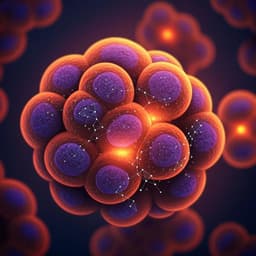
Biology
Machine learning for cluster analysis of localization microscopy data
D. J. Williamson, G. L. Burn, et al.
Unlock the secrets of molecular clustering with this groundbreaking research by David J. Williamson and colleagues. They introduce a fast, supervised machine-learning method that accurately classifies millions of points from single-molecule localization microscopy data, paving the way for new insights in cell biology.
Playback language: English
Related Publications
Explore these studies to deepen your understanding of the subject.







